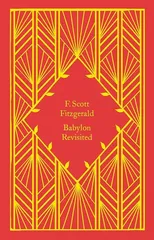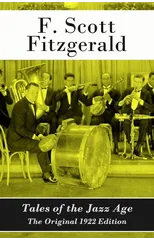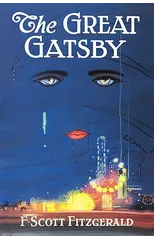Head and Shoulders (1920) by F. Scott Fitzgerald, first published in the Saturday Evening Post and later in his short story collection, Flappers and Philosophers (also available from Cosimo Classics), features Horace, a Princeton academic, who falls for flapper, Marcia. Marcia's shoulders shaking in her performances and Horace's "head" with his academia are the basis for the title. Ironically, by the end of the story the two reverse, and Horace becomes the shoulders of the relationship and Marcia, the head. The story was also made into a silent film, The Chorus Girl's Romance (1920). With characters reminiscent of Gatsby and Daisy, this romance is for fans of The Great Gatsby (1925) and Fitzgerald.
F. Scott Fitzgerald
F. Scott Fitzgerald was an American novelist and short story writer known for his portrayal of the Jazz Age in American literature. His most notable works include "The Great Gatsby," "Tender is the Night," and "This Side of Paradise."
Fitzgerald's writing style is characterized by his use of lyrical prose and exploration of the themes of wealth, class, and the American Dream. He is considered one of the greatest American writers of the 20th century and his works continue to be studied and celebrated for their insight into the social and cultural dynamics of his time.
"The Great Gatsby" is Fitzgerald's most famous work and is widely regarded as a masterpiece of American literature. The novel explores the themes of love, wealth, and the pursuit of the American Dream, and has had a lasting impact on the literary genre of the novel. Fitzgerald's contributions to literature include his exploration of the complexities of human relationships and his keen observations of American society during the 1920s.





